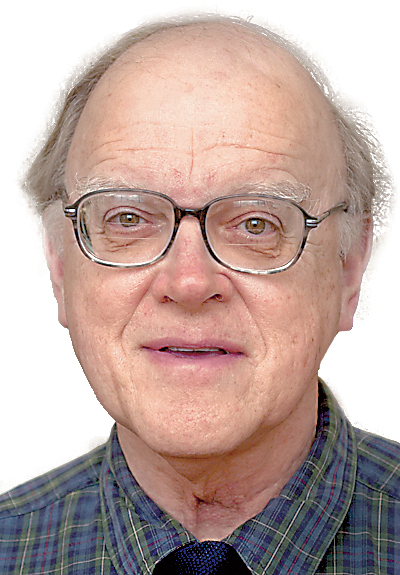Barring coordinated action by national and state governments, the U.S. will face an estimated shortage of physicians, ranging from 50,000 to 120,000, by 2030. The shortage will involve both primary-care physicians (family practitioners, internists, pediatricians and obstetrician-gynecologists) and other specialists. The shortfall needs to be addressed now because medical training is expensive and requires 10 or more years to complete. Associated costs will be substantial. A detailed 2018 update by the American Association of Medical Colleges addresses this issue.
Under one projection, medical school enrollment needs to be increased by 3,000 students annually to overcome the shortage. Post-graduate training slots - residency and fellowship training - would have to be increased by a like number to meet the needs of the new graduates. Costs of additional training facilities along with increased faculty would require hefty, new expenditures.
The projected shortage will be driven by several factors, including an aging population, worsening health habits, expansion of care to underserved populations, earlier retirement and shorter hours by current physicians and physician burnout.
The overall U.S. population will increase from 325 million to 360 million during this interval. The population of Americans 65 and older will increase by 65 percent, while the ranks of those 18 and younger will increase by a mere 3 percent. An aging population will require more complex and sustained medical care. Think of joint replacements, heart procedures, cancer therapy and needs for long-term care.
Poor health habits pose another challenge. Increasing rates of obesity will lead to larger numbers of people suffering from diabetes, high blood pressure, cardiovascular and neurovascular disease. Tobacco use along with alcohol and drug abuse show no signs of abating. An expanding, sicker population will require more caregivers for acute and chronic disorders.
Expansion of health insurance coverage would greatly increase the need for physicians. Even after the increases in insured under the Affordable Care Act, an estimated 28 million Americans have no health insurance. If Congress ever determined to pass universal coverage, for example Medicare for all, an immediate increase in the physician workforce would be necessary.
Earlier retirement, which is unpredictable, could have a major impact on the physician workforce. Physicians also tend to work fewer hours now than in past decades. Burnout of physicians in training and in practice takes an increasing toll as stress and frustration with administrative burdens steadily mount.
Physician assistants (PAs) and advanced-practice registered nurses (APRNs) are vital members of health-care teams. The numbers of PAs, currently 115,000, and APRNs, currently 230,000, continue to expand. Although the ranks of each are expected to double by 2030, this expansion will fall well short of predicted needs. If each profession assumed increased clinical responsibilities, could this alleviate the looming shortage of physicians?
It is unclear how the growing number of retail health clinics will affect the predicted shortage of physicians. More than 2,700 clinics were in operation at the end of 2017, and the numbers are predicted to increase rapidly. New clinics could simply compete for a shrinking supply of physicians, PAs and APRNs. Alternatively, the clinics could devise new, more effective methods of care so that more patients could be managed with fewer caregivers. As currently configured, the clinics meet acute medical needs and provide vaccinations and physical exams. Their role in management of chronic illnesses is limited.
Telemedicine is another variable whose impact on the manpower question is uncertain. Telemedicine currently offers access to care for people who live in remote areas without health-care facilities. Telemedicine could be expanded so that teams of dispersed technicians could relay relevant images and data to a central hub where a single physician could oversee the care of many more patients than a single clinic could accommodate.
A burgeoning health-related technology and a growing population depend upon an adequate workforce. Planning for how best to expand that workforce cannot be deferred. A five or 10-year delay in addressing this issue will lead to chaos throughout our fragmented health-care system.
Clif Cleaveland, M.D., is a retired internist and former president of the American College of Physicians. Email him at ccleaveland@timesfreepress.com.

